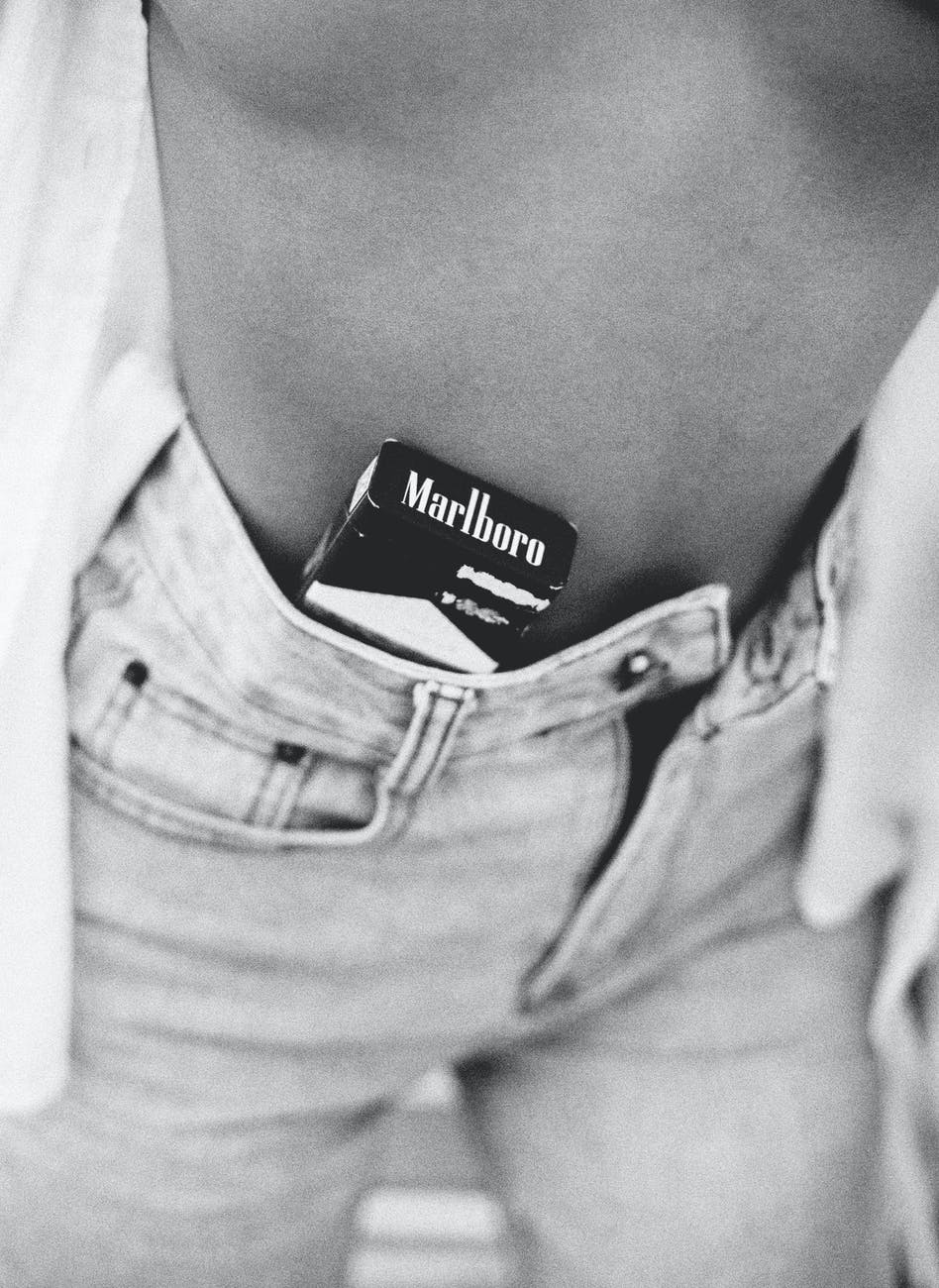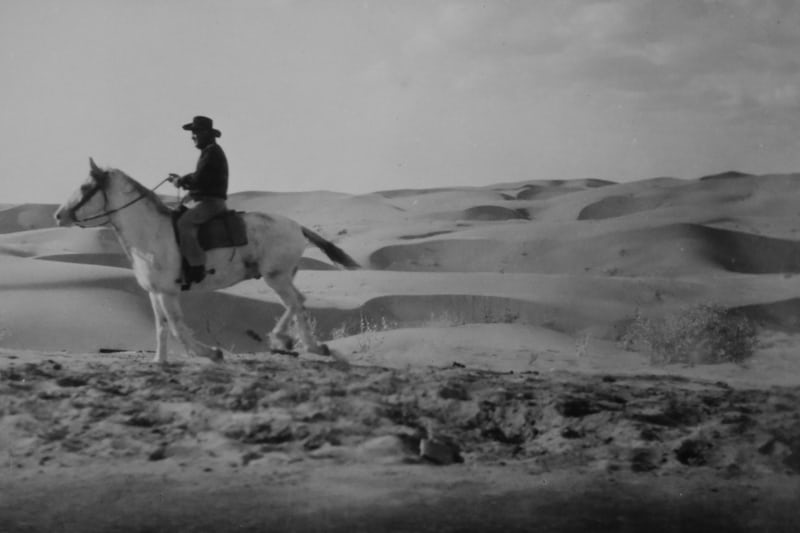Marlboro Marketing Case Study

People, the United States government formally acknowledged that smoking causes cancer on January 11, 1964, a historic occasion. The $8 billion tobacco industry and the incomes of 7,50,000 families were at risk within a day.
While the majority of businesses experienced a decline in sales, one company magically rose from having a 1 percent market share to ranking as the fourth-largest cigarette brand in the world in less than a year. And this brand gained even more popularity after 1970, when cigarette commercials on television were outlawed for good, making it the biggest cigarette maker in the world.
The name of the company I’m referring to is Marlboro. And Marlboro now is so popular that it has more customers than its top ten rivals put together.
What the hell did they do, that is the Question?
As a result, the exact same cancer report and the ban that was effectively intended to harm the company’s revenue instead helped Marlboro grow to become a $58 billion brand.
One of the most well-known marketing techniques ever used by mankind holds the key to this puzzle. also known as lifestyle marketing.
Now let’s use a much more concrete example to try to comprehend lifestyle marketing.
If you were a child of the 1990s and a fan of Sachin Tendulkar, you almost certainly purchased an MRF bat at some point in your life or that of a buddy.

Additionally, it’s likely that you had no prior knowledge of it when you visited the store. Which wood the bat was made of didn’t matter to you. You only wanted a bat and didn’t care if it was the real thing or a copy. After that, you may either choose a bat with an MRF sticker or a bat without one. And you automatically selected the MRF bat. And then, god alone knows how many years later, you discovered that MRF stands for Madras Rubber Factory.
The fact that MRF, which largely produces rubber tires, also happens to sponsor Sachin Tendulkar When Dhoni began wearing Reebok bats, Reebok later experienced the exact same situation.
Is it just a coincidence that countless numbers of kids across the nation were so naive as to mindlessly purchase a bat bearing the logo of a rubber tire manufacturer?
If not, how in the world did this even come about?
Well, this is where lifestyle marketing works its magic. We all looked up to Sachin Tendulkar and aspired to be just like him. So, unconsciously, the MRF bats gave us the impression that we were holding Sachin Tendulkar’s actual bat.
To clarify, what we essentially purchased when we purchased MRF bats was not the bat itself but the association it had with our idol, Sachin Tendulkar, who we aspired to be like.
Another Example of Lifestyle Marketing
A similar scenario happened with Nike’s Air Jordan shoe line in the US, after Michael Jordan signed with the company, interest in the shoes grew to such an extreme level that even now, 18 years after his retirement, Michael Jordan still earns $100 million a year in royalties alone.
This is what is referred to as lifestyle marketing, where customers purchase a product but are more interested in living the lifestyle of the linked image. And this is just what Marlboro cigarette marketers did to their brand.

Following the US surgeon general’s 1964 report. businesses began doing all in their power to maintain their good name. While some companies attempted to defend cigarettes, others outright rejected the findings themselves.
Back then, Marlboro was a tiny business that primarily produced cigarettes for female consumers. However, as soon as this information became public, Philip Morris, the parent company of Marlboro, chose to change their marketing strategy and became the quintessential example of corporate propaganda in the 20th century.
Therefore, the Marlboro marketers came up with a campaign named The Marlboro Man rather than citing statistics that were difficult to understand to support smoking.
What is The Marlboro Man?
A persona was established who was purported to embody all a man desired to be like They gave this guy the nickname “The Marlboro Man.” The Marlboro Man was a cowboy with a lean, athletic body, and the advertisement portrayed him as the epitome of manhood. He was a symbol of freedom and manliness because of his toughness, affection, and style. And just like men in the 1960s were so enthralled with the Marlboro man and began purchasing Marlboro cigarettes that the commercial became a significant game changer for the firm, just as we youngsters got onto MRF bats. And in just one year, Marlboro moved from having a market share of less than 1% to ranking as the fourth-largest cigarette manufacturer in the world.

The amusing thing is that cigarettes weren’t even the main topic of interest in any of the adverts. In all of the commercials, the amount of footage devoted to cigarettes as a product was less than 10 seconds. Due to the fact that their focus was on Marlboro Man rather than cigarettes, even when cigarette advertising was permanently prohibited from television and brands were unable to portray cigarettes in commercials or on TV, Marlboro was able to very effectively maneuver through that issue.
Because of this, people were able to express their emotions in paper and magazines with great ease. And this is the reason why Marlboro’s business continued to expand even after the 1970 prohibition.
Effect on Sales
Sales actually increased dramatically as a result of the other businesses’ struggles to spell their names without showcasing their goods. And that is how Marlboro established itself as an advertising legend and built the groundwork for it to grow into a $58 billion business.
Also Read: 4 Economic Concepts Everyone Should Know
Life Lesson
Now, more than just a business lesson, this famous case study teaches us all a very, very essential life lesson. People, like Marlboro in the 1960s, sometimes fail to understand that they are continually exposed to lifestyle cigarette commercials that don’t actually look like advertisements but rather take the guise of popular culture figures.
This includes James Bond’s appearances in tucks, which stand for gentlemanliness, or Kabir Singh, who is portrayed as the model of manliness. Regardless matter how profitable they appear, it’s crucial to realize that they’re only playing on your fears to persuade you to do something that will make you feel like a better version of yourself.
However, the truth is that because you lack self-awareness, you don’t see how your anxieties are ultimately making those businesses billions of dollars while also making you into a sick, miserable addict of either smokes or social acceptance, depending on what you’re buying into. So be vigilant and avoid falling for these traps.
Also Read: What is an Economic System?
Closure
The best advice we can provide you is to always keep in mind that acquiring useless goods won’t make you happier or a better version of yourself. Your acceptance of your doubts and flaws is the only thing that can make you feel better. In the end, a billion-dollar company will exploit your fears and profit from them if you do not accept them. Consider it, and if it makes sense to you, please share this blog with as many people as you can to aid in the spread of this message.
It was once remarked by a great woman, “Imperfection is beauty, lunacy is genius, and it is better to be utterly absurd than to be absolutely serious.”
Marilyn Monroe




